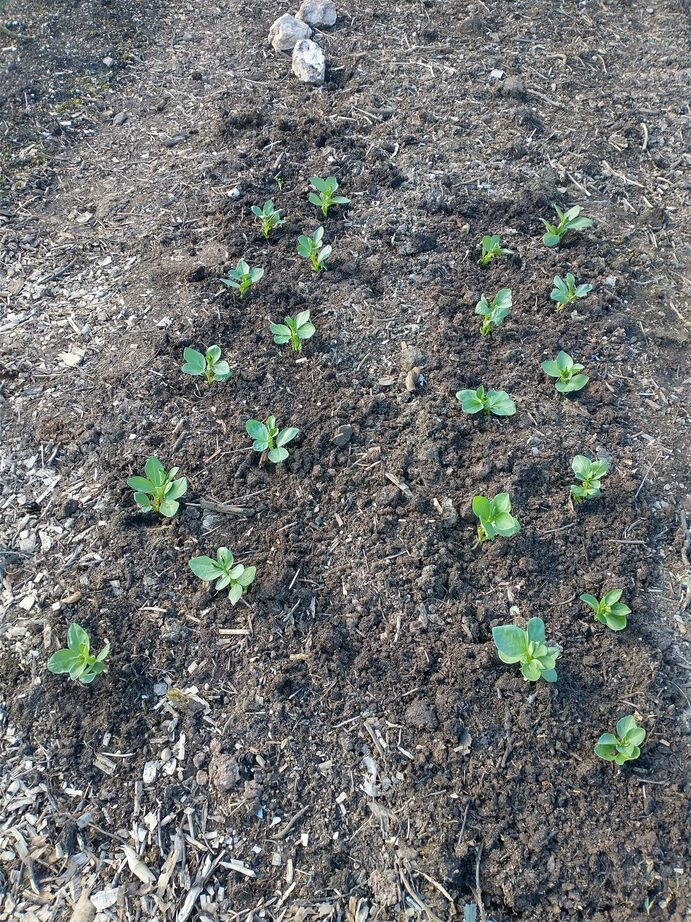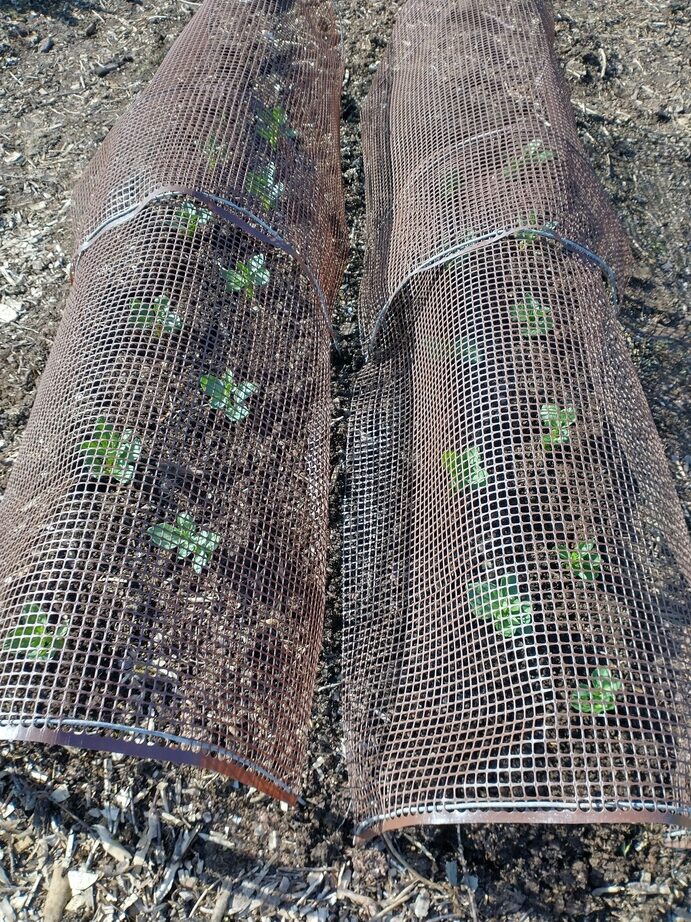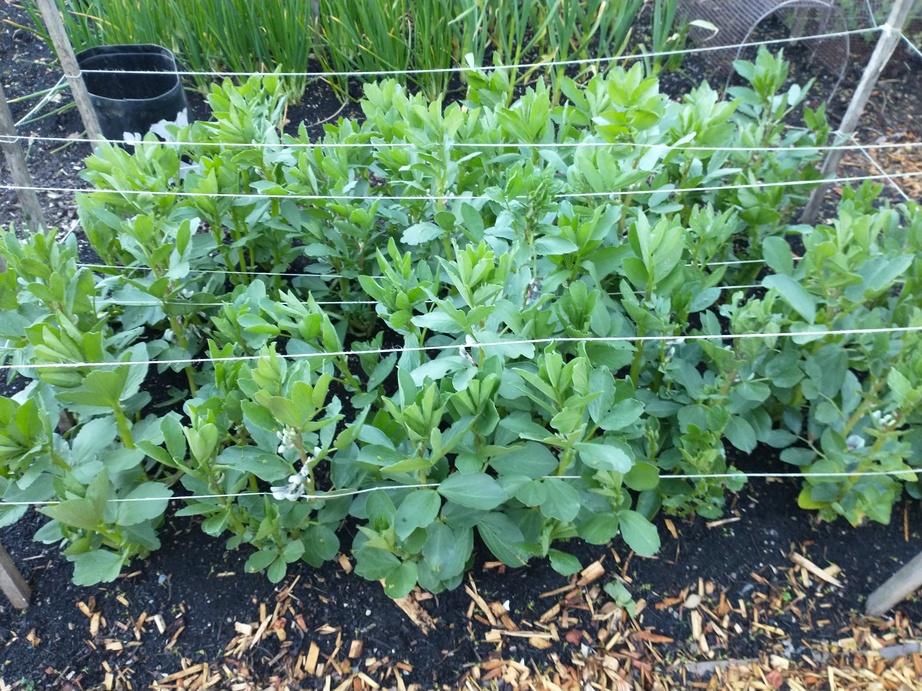Late blight is a major pain in the bum. I'm not aware of any organic controls and my understanding of the commercial non-organic controls are that they're complex to use, and from what I've read blight spores can travel tens of miles on the wind so they spread very easily.
Growing in a polytunnel or greenhouse are the only ways I've found to keep it at bay, neither of which are very practical when it comes to growing decent volumes of potatoes

I do still find that my polytunnel tomatoes get blight, but usually so late in the year that there's not a lot left cropping anyhow.
I discovered last year that blight needs a living host and it's therefore not a big deal to compost blight-affected plant material. It does mean that volunteer potatoes are a potential source of reinfection though, so I shall be extra-vigilant about getting rid of any that pop up this year.
James




 they took over the greenhouse, almost as bad as bindweed. The fruit however were packed full of bland.
they took over the greenhouse, almost as bad as bindweed. The fruit however were packed full of bland.















































